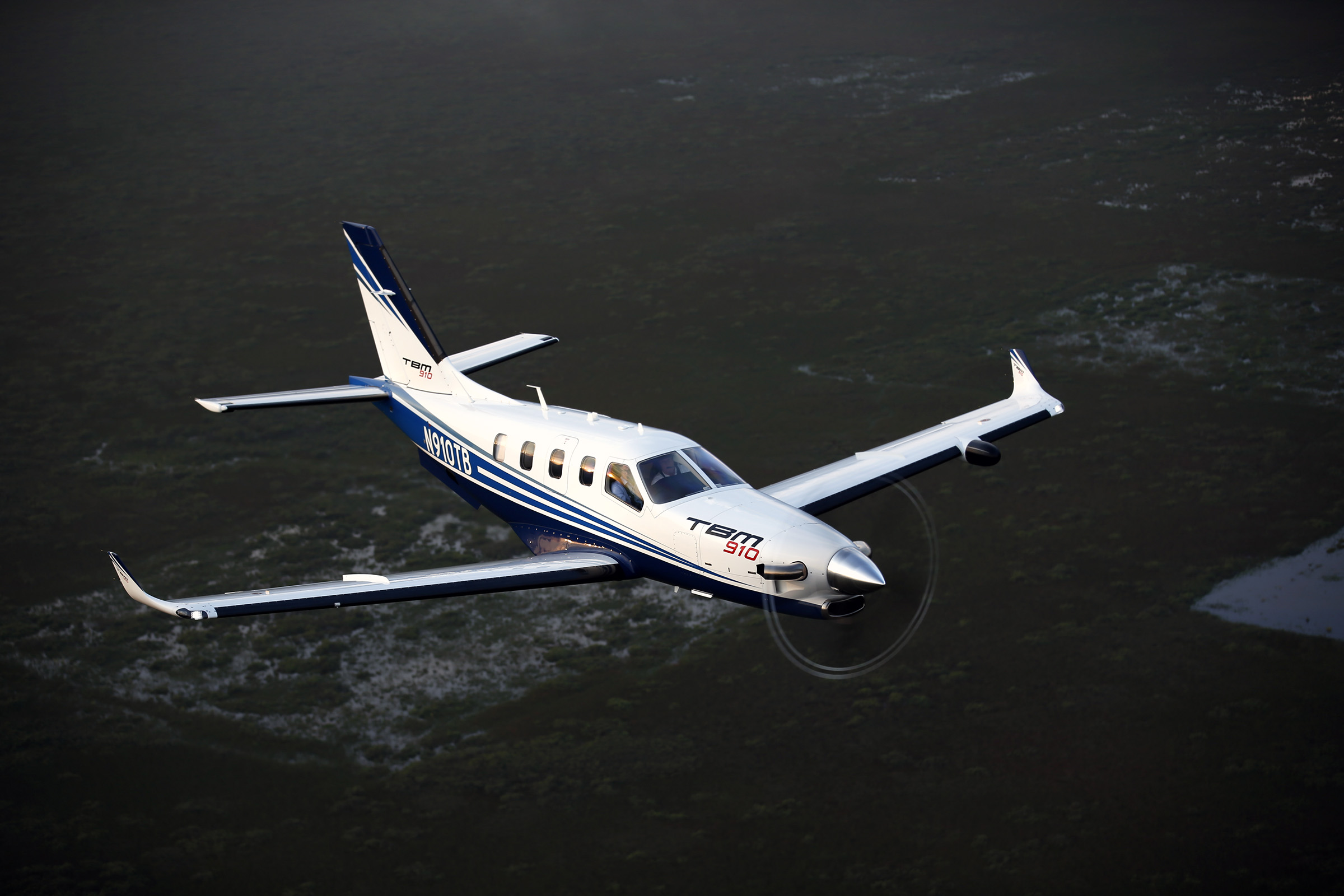Movin’ on up part 3: On the way to a jet
21st March 2024
By AOPA Finance Team

You’re now an experienced pilot who outgrew your single-engine airplane and want to move up, but what to? This is part three of a four-part series on helping you decide when to move to a larger aircraft.
You’ve flown that piston-engine, multiengine aircraft or entry-level single-engine turboprop for three or four years, and it’s time to move up. (Our records indicate that’s about how long our members keep their airplane before trading.) You may not feel ready for a jet yet, but are interested in something in between. Here is some advice for making the decision.
This is part three of a four-part series on moving up to a larger aircraft.
It’s not uncommon for owners to purchase an entry-level turboprop and then move up to another more capable turboprop of similar make and model. Why do that?
Maybe you were in a used 250-knot Piper Meridian (M class Piper line) or, maybe you were in an older TBM 700 and are looking for better integration of avionics and autopilot and enticed by TBM’s 330-knot, six-passenger TBM 910. You travel 80 knots faster in the TBM and make a trip from Baltimore to Chicago in two hours instead of two hours and 15 minutes. The round-trip savings is a half hour, helpful if you want to reach multiple destinations in one day.
What about hauling a load? The older Piper Meridian model had a payload nearly 300 pounds less than the top-of-the-line TBM 910. Do you need to carry two extra people? More stuff?
Some of the common reasons we see from members for wanting to jump into a newer, higher-performance turboprop involve these considerations: the mission profile, complexity of the systems, and cost.
We frequently see people who are trying to understand not only the complexities of the higher-performance aircraft but the cost, and they don’t see cost as necessarily a negative factor. It isn’t all about the higher initial outlay. They realize that on a newer aircraft it is less likely things will break, requiring expensive maintenance and frustrating aircraft on ground (AOG) time. They also know that more sophisticated systems integration will make the pilot’s workload lighter. You end up with better performance, more capital outlay, but fewer maintenance costs and less fatigue along the way.
AOPA can help you understand the costs of moving up to a top-of-the-line turboprop model.
Do you have a question about aircraft financing? Our team has the answer for you! Submit your questions here. Great terms. Helpful and responsive reps. Those are the reasons to turn to AOPA Aviation Finance when buying an airplane. If you need a dependable financing source with people on your side, call 800.62.PLANE (75263) or click here to request a quote.

AOPA Finance Team
Knowledgeable and friendly aircraft finance professionals you can trust to find the best terms for your financing needs. Our goal is to make aircraft ownership more affordable and accessible to pilots.